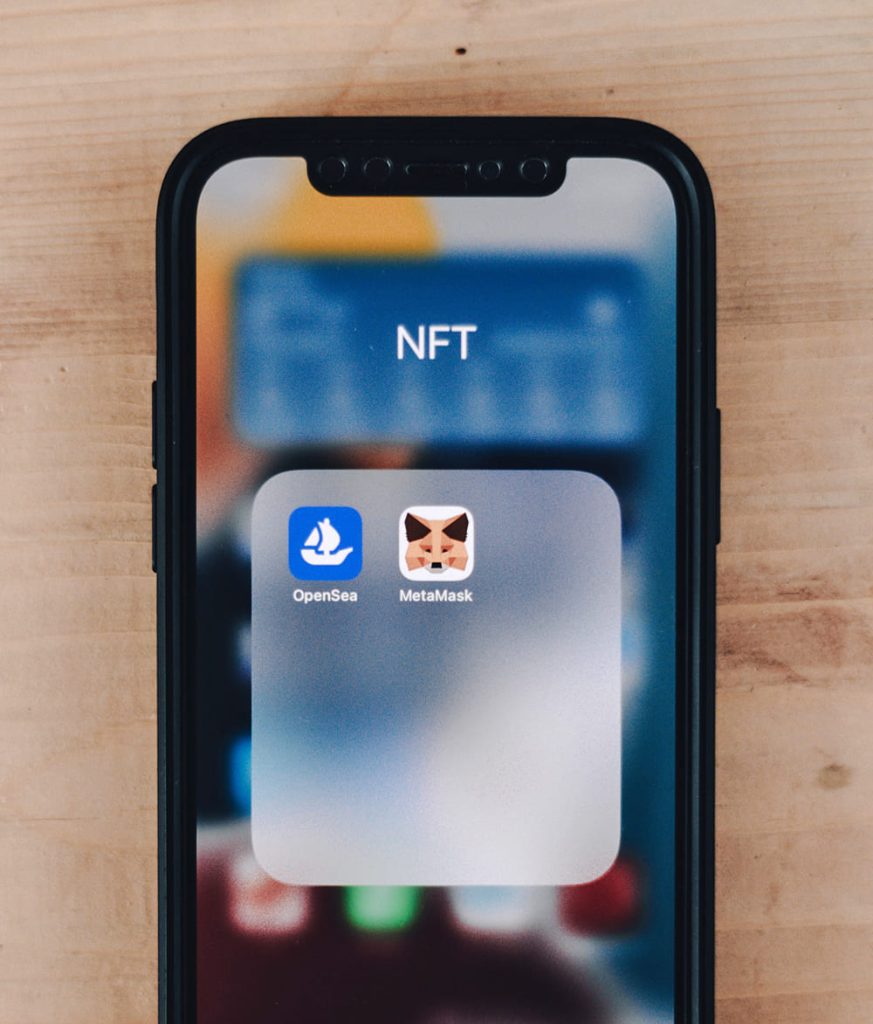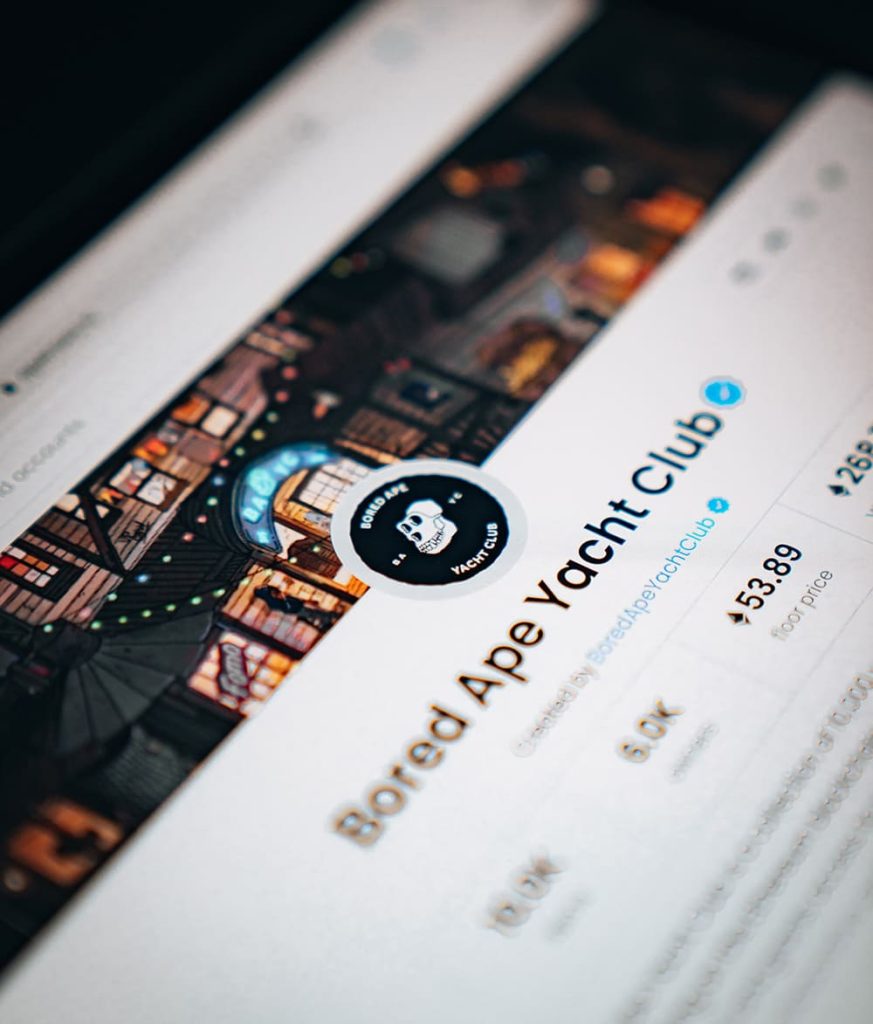Art has always been acceptable or not according to very subjective criteria by a small group of people. What about art using NFTs?
From Impressionism to “NFT Art”
From impressionism to this present moment of NFT Art, critics of innovation in Art have followed a fairly standard script. The critic expresses how fed up he is (it is usually a “he”) with what has accosted his eyes. He then characterizes the Art as devoid of meaning, confused or unfinished. As a result of these characterizations, the critic avoids conducting any actual analysis, including consideration of the context that produced the work, and leans into attacking the Artist.
It was often not enough to simply dislike the Art work, but innovative Art had to be the product of “diseased minds.” Early Impressionist and Cubist Artists heard this attack and variations on it frequently. Denouncing Art as the product of illness or “otherness” came with a subtle implication, one that applies equally to NFT Art.
During the 19th and early 20th Centuries, the eras when Impressionism and Cubism began, respectively, an unwell person or outsider would have been deemed unworthy of an apprenticeship with an established Artist. Too much risk, too little reward. What would the patrons say? A would-be Artist without a master was not an Artist at all and could not hope to be.
NFTs don’t need gatekeepers to exist
In the 21st century, outsiders like trans teenage NFT Artist Victor Langois are on the receiving end of similar doubt and derision. He skipped the gatekeeping with the goal of directly reaching his audience thanks to the distributed nature of the NFT medium.
Like NFT Artists of the 21st century, prior Artistic innovators looked towards non-traditional subject matter. In 1863, Impressionist Artists who had been denied participation in the Salon of Paris, formed their own Salon des Refusés where they could display work in unconventional styles about unconventional topics. Remember that famous painting of well-dressed men having a picnic with nude women? That was displayed at the Salon des Refuses.
About fifty years later, Picasso looked to African Art he encountered at a French Ethnographic Museum as a primary source of inspiration for his early Cubist works. That is, he did not look to the old masters, and this is the crux of why people criticize NFT Art: there is no guru, master or teacher.
There is no approved, “proper” range of subject matter. There is no school diploma that states “Master of Fine Art.” The Artist’s apprenticeship is their own, as trans teen NFT Artist Victor Langois has proved, and so is the Art. The artist can study where they want, how they want and distribute their Art in an equally decentralized manner.
The pupil is already the master, thank you very much.
Artists using NFTs are here to stay
For these reasons alone, NFT Art is here to stay. But there’s more: the decentralized approach afforded by NFT Art has already taken hold of established institutions. In collaboration with La Collection, the British Museum has auctioned NFT art by Hokusai. Similarly, Russia’s State Hermitage Museum in St. Petersburg has offered NFTs born of its collection, including works by Monet and Leonardo. NFTs already possess staying power because they’re enmeshed in traditional venues of the Art world.
The outcry will continue as NFT Artists continue to innovate. They’ll face criticism similar to what Louis Leroy said about Monet’s impressionist works: “Wallpaper in its embryonic state is more finished!”. Yes, it sounds as ridiculous now as then.
So will you be with the Artists or the Leroys of the world?




